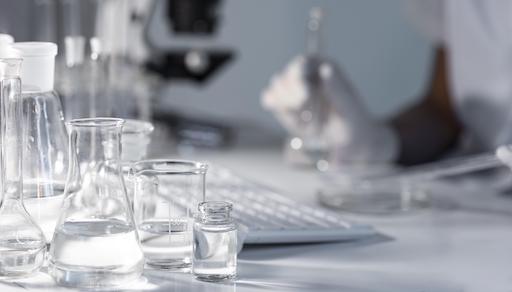Good Laboratory Practice (GLP) comprises a collection of principles that guarantee non-clinical studies are carried out with honesty, ethical consideration, and precision. These principles apply to various fields, including pharmaceuticals, chemicals, food additives, and pesticide research, encompassing everything from the initial planning and design stages to the conclusive reporting of findings. By adhering to GLP guidelines, laboratories can ensure that the data they produce is both dependable and of high quality, which is crucial for meeting regulatory standards and making informed decisions.
This blog post will delve into good laboratory practice and discuss how it can be effectively implemented in the lab.
What are the good laboratory practice guidelines?
Regulatory bodies such as the U.K. Good Laboratory Practice Monitoring Authority (UK GLPMA), the Organisation for Economic Co-operation and Development (OECD), and the Food and Drug Administration (FDA) strive to improve the integrity and validity of non-clinical studies by mandating adherence to GLP guidelines.
The GLP guidelines clearly define the responsibilities of various roles within a GLP-compliant facility, including the test facility management, study director, quality assurance personnel, and study personnel. Additionally, the GLP Principles set forth fundamental standards for facility and equipment appropriateness, the necessity for standard operating procedures, proper data recording, study report creation, and record archiving.
To access the official U.S. GLP principles, you can refer to the Code of Federal Regulations Title 21, while the European Union guidelines are available through the OECD, and the U.K. guidelines can be found in The Good Laboratory Practice Regulations 1999.
Failing to conduct non-clinical laboratory studies under GLP standards can lead to significant costs. Researchers who neglect GLP regulations are more susceptible to making errors that extend the duration of studies and result in financial burdens. Moreover, these regulations ensure that studies comply with legal and ethical requirements.
History of GLP
The history of Good Laboratory Practice (GLP) can be traced back to the 1970s when concerns about the quality and reliability of non-clinical studies began to surface. A series of scandals involving fraudulent data and poor research practices in the United States ultimately led to an investigation by the Food and Drug Administration (FDA). In response to these issues, the FDA introduced the first GLP regulations in 1978 to ensure the integrity, consistency, and accuracy of studies.
GLP VS GCP
Good Laboratory Practice (GLP) and Good Clinical Practice (GCP) are both sets of guidelines designed to ensure the quality and reliability of research studies. However, they differ in their areas of focus and application. GLP primarily pertains to non-clinical studies. The primary objective of GLP is to establish a high level of confidence in the accuracy and consistency of data generated during these studies, which ultimately informs regulatory decisions.
On the other hand, GCP focuses on trials involving human subjects, where participants’ safety and well-being are paramount. GCP guidelines aim to protect the rights and welfare of trial participants while ensuring that the data collected is credible and accurate. These guidelines encompass the design, conduct, recording, reporting, and monitoring of clinical trials, emphasising ethical considerations and compliance with regulatory requirements.
How to apply GLP in the laboratory
- Create and use written standard operating procedures (SOPs).
Documenting all aspects of a study, such as sample preparation, evaluation, and recording, are the tasks that would be involved when creating and applying standard operating procedures. A standardised approach should be used to produce consistent and valid data. The laboratory should develop SOPs that specify analytical process method(s), reagents, equipment, and conditions.
- Ensure laboratory personnel are qualified.
Qualified personnel are laboratory staff with the appropriate education, training, and experience in conducting GLP studies. Consistent training should be given to laboratory staff, and relevant training records should be regularly updated.
- Ensure controlled environments are used to conduct studies.
Variables like temperature, humidity, light and the introduction or removal of chemicals that might influence study results should be controlled and monitored.
- Using equipment properly calibrated and validated.
GLP compliance requires that equipment and analytical methods are correctly calibrated and validated. When equipment and instruments are adequately calibrated, they produce accurate and valid results.
- Keep detailed documentation of all aspects of the study.
Proper and comprehensive study documents outline the study design, raw data, analysis, and any additional required information and ensure a study is accountable and traceable.
- Conduct quality assurance procedures.
Implementing quality assurance procedures is necessary to ensure that the laboratory creates compliant data and generates reliable and reproducible results. The main components of GLP quality assurance include performing a laboratory audit and assessing laboratory performance by vendors with GLP credentials.
Understanding what is GLP ensures that laboratory studies are conducted accurately, reliably, and consistently. At Techmate, we understand the importance of adhering to GLP regulations. This is why we offer a wide range of instruments, such as electrical conductivity meters and bottle top dispensers that meet GLP requirements. For more information concerning our products, contact our team of experts, who will gladly assist you.


